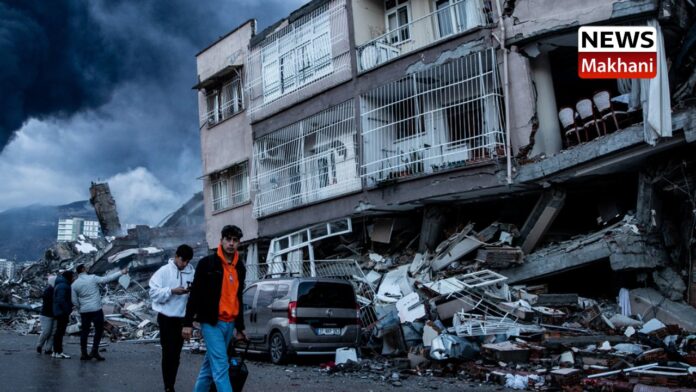Delhi, 06 DEC 2023
Data indicates increase in earthquake activity in the year 2023 and it was mainly attributed to the activation of the Almora fault in Western Nepal. This activation triggered significant mainshock earthquakes on January 24, 2023 (M:5.8), October 3, 2023 (M:6.2), and November 3, 2023 (M:6.4). These mainshocks, accompanied by subsequent aftershocks, have led to an increased frequency of earthquakes in the year 2023. However, the background seismicity remained unchanged during this period.
It is common for northern India and Nepal to occasionally experience moderate earthquakes, and fluctuations in seismic activity. Nepal and the neighbouring northern part of India, situated near the active faults of the Himalayan region, are highly seismically active areas prone to frequent earthquakes due to collision tectonics, where the Indian plate subducts beneath the Eurasian Plate.
The details of earthquake occurrences (for Magnitude 3.0 and above) in these regions as recorded by National Center for Seismology, New Delhi during the last 3 years and the current year are given below:
| Earthquake Magnitude range | Number of earthquakes during the period | |||
| Year 2020 | Year 2021 | Year 2022 | January to Nov. 2023 | |
| 3.0 to 3.9 | 42 | 41 | 41 | 97 |
|
4.0 to 4.9 |
18 | 18 | 20 | 21 |
| 5.0 to 5.9 | 1 | 1 | 3 | 4 |
| 6.0 to 6.9 | 0 | 0 | 1 | 2 |
The Bureau of Indian Standards (BIS) has published the Seismic Zoning Map of India, ranging from Zone II to V and offers guidelines for implementing the essential engineering codes and practices to construct earthquake-resistant buildings. The National Disaster Management Authority (NDMA) has been responsible agency for various precautionary measures such as earthquake drills, awareness programs, earthquake management, etc., to enhance preparedness and response to earthquake related incidents.
This information was given by the Union Minister of Earth Sciences, Shri Kiren Rijiju in a written reply in the Lok Sabha today.

 हिंदी
हिंदी






